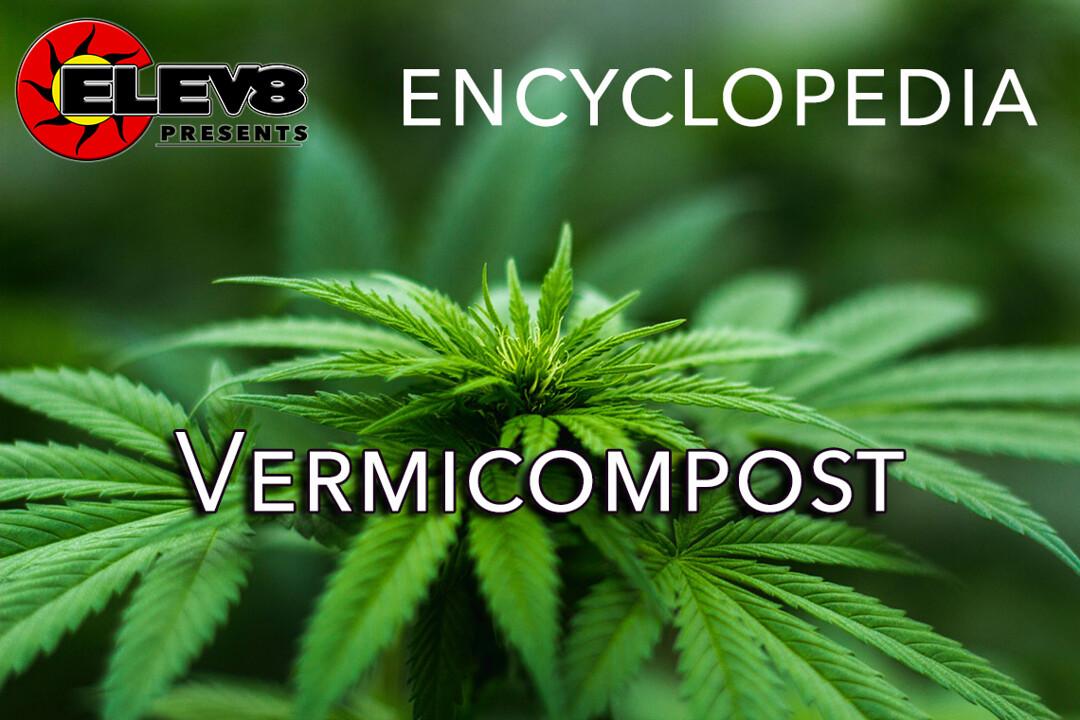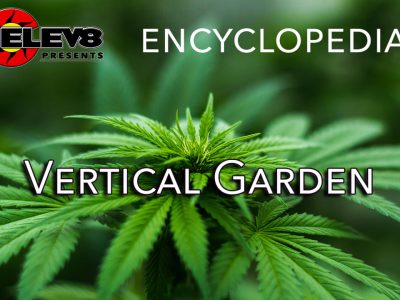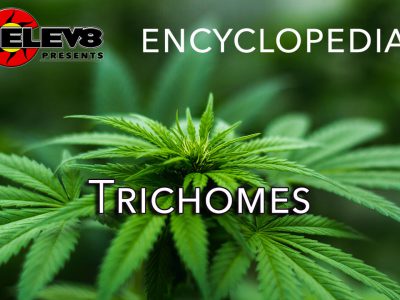What does Vermicompost mean?
Vermicompost is the end product of a process called vermicomposting, which uses earthworms to increase the speed of the composting process and ensure higher-quality compost.
Vermicompost is essentially what ends up being applied to plants in the garden. Ultimately, vermicomposting results in rich, black, earthy-smelling compost that will help your garden enjoy healthy growth.
In addition to vermicompost there is vermicast, which is slightly different. Vermicast, also known as worm castings, is the excrement from the worms, minus the rest of the compost.
More Info On Vermicompost
Composting has long been a vital tool for home gardeners, whether growing in a traditional in-ground bed or in a hydroponics system. However, not all compost is created equal. The process of composting can be quite lengthy, and it can result in variable nutrient levels. Vermicompost, created through a process called vermicomposting, is faster, ensures higher nutrient levels, and offers additional benefits.
Vermicomposting is nothing more than conventional composting, but using earthworms in the process. In most cases, “red wrigglers” are the worms of choice, but virtually any type of earthworm will do.
The vermicomposting process is actually very simple. As the compost breaks down naturally, earthworms penetrate the pile and consume it further. Their tunnels help to aerate the compost mound, and their castings can dramatically increase the nutrient content of the resulting content.
Worms can be added to virtually any type of composting structure. On-ground structures can often attract worms on their own, or you can add them yourself by purchasing them and simply placing them in the compost. However, in an open system, there is the chance that worms will tunnel away from the compost.
In a sealed, aerated system, adding worms is just as simple, but you will need to make sure there is some moist bedding material (damp soil works well) for the worms. Note that if you’re using red wrigglers, you’ll need to make sure that the compost bin is shallow – they usually feed near the surface and do not tunnel deeply.







